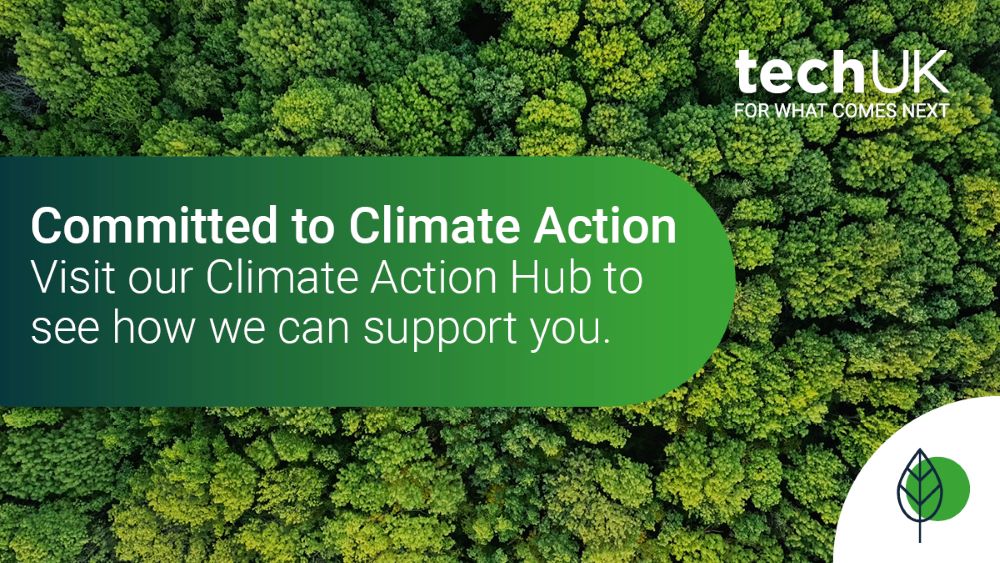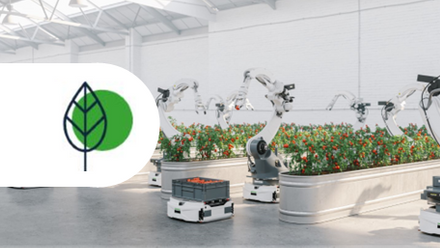Why Sustainable AI Can Help Organisations Achieve Net Zero
Efficiency is an age-old catalyst for business success. From top to bottom, an enterprise with optimised workflows will be better placed to outrival competitors and meet targets across the board.
As AI gains popularity among everyday users and businesses, IT and Technology leaders face the challenge of balancing innovation with sustainability. A truly efficient infrastructure will not only reduce IT spend and ensure a positive user experience, but also help a business to meet ESG targets on the path to net zero. If AI is to be employed effectively as the ‘technology of choice’ for optimising workflows, it must be done pragmatically, considering sustainability from the outset.
Data centre: the core of business operations
In modern hyper-connected businesses that thrive on technological innovation, the efficiency of a data centre dictates the sustainability of their operations. Referred to as HYPERLINK "https://www.theclimategroup.org/energy-efficiency-net-zeros-invisible-ally"net zero’s invincible rally, energy efficiency is at the core of any sustainable operation, but with the increased implementation of AI technology, data-intensive activity places further strain on the network and reduces energy efficiency in turn.
As a technology dependent on data processing, an increased focus on AI adoption will undoubtedly increase energy consumption, and the effects are already visible. Dublin’s data centre industry contributes to 18% of Ireland’s total electricity use, and the CEO of National Grid John Pettigrew sounded the alarm in the UK earlier this year, warning that this electricity demand is set to increase six-fold in the next decade requiring "bold action" to adapt the power grid accordingly.
Organisations and data centre operators have been urged to prioritise efficient approaches to data processing and energy consumption, but how can they meet ESG targets while implementing AI?
Network visibility is key
In recent years, the data centre industry has tried to respond to these challenges with more energy-efficient hardware and innovations. These tactics include free cooling, hot aisle/cold aisle containment, and even the physical placement of data hubs in cool climates in search of a natural remedy. While these solutions may work for a period, as data-intensive technologies such as AI take hold, businesses will need to reconsider their network management strategies altogether.
Every data centre utilises a variety of security and monitoring tools to capture data communications through network traffic, all of which contribute to the hidden costs and total carbon emissions of an organisation. Much of this activity is unnecessary and can be streamlined by determining what traffic is processed by which tools to avoid data duplication in volume, thereby supplementing data efficiency, cutting costs and reducing carbon output.
True visibility of the network is an invaluable asset to any business hoping to achieve their sustainability goals. Here are five key tactics that an organisation should consider in their pursuit of net zero:
Application filtering
Application filtering is used to minimise the volume of data crossing the network, separating digital information according to traffic signature and distinguishing applications based on their level of risk. High-volume, trusted applications can be filtered out, allowing businesses to apply the focus of data centre tools elsewhere.
Flow mapping
By sending only the essential network data to meet the needs of each tool, the process of flow mapping seeks to reduce network traffic and prevent tools from becoming overloaded with unnecessary information produced by subnets, protocols or VLANs.
Flow slicing
Similarly, this method of optimisation functions on the basis that valuable energy is wasted when inundating tools with non-essential data. Flow slicing focuses on reducing the information shared via network packets at every stage of the user session.
Application meta-data intelligence
Unnecessary traffic is effectively reduced by selecting specific meta-data elements to send to tools requiring data sets as opposed to network packets. In many cases this can reduce the data sent by as much as 95%, giving the tool only the data attributes of the traffic it needs.
Balancing efficiency and innovation with deep observability
Facilitated by network visibility, these tactics do more than reduce the energy requirements of data centres. By streamlining data tooling and reducing sprawl, valuable IT spend is retained for innovation elsewhere. Certain tools can see a 95% reduction in traffic through the combination of filtering and application metadata. In addition, IT and technology leaders can meet their ESG targets without compromising on data quality because the fidelity and relevance of the remaining 5% of information the tools receive is just as high, without resources being wasted on filtering through the 100% to find information of value.
techUK - Committed to Climate Action
Visit our Climate Action Hub to learn more or to register for regular updates.
By 2030, digital technology can cut global emissions by 15%. Cloud computing, 5G, AI and IoT have the potential to support dramatic reductions in carbon emissions in sectors such as transport, agriculture, and manufacturing. techUK is working to foster the right policy framework and leadership so we can all play our part. For more information on how techUK can support you, please visit our Climate Action Hub and click ‘contact us’.
Latest Report
Upcoming climate events
Latest news and insights
Get our climate insights straight to your inbox
Climate, Environment and Sustainability updates
Sign-up to get the latest updates and opportunities from our Climate, Environment and Sustainability programme.
Learn more about our Climate campaign

Become a member







